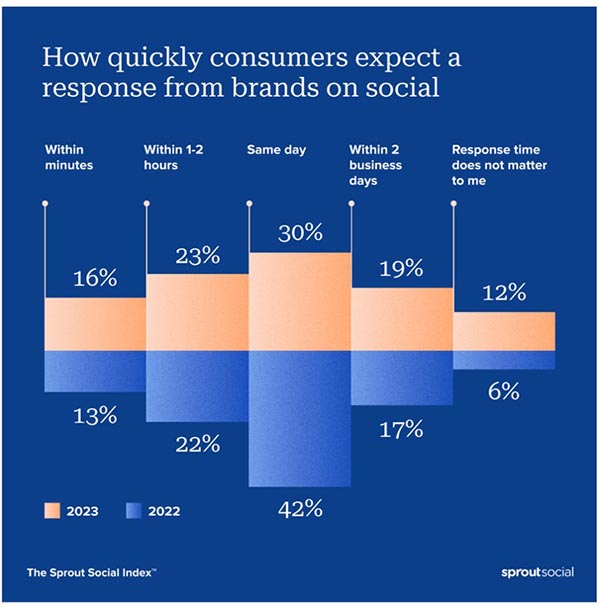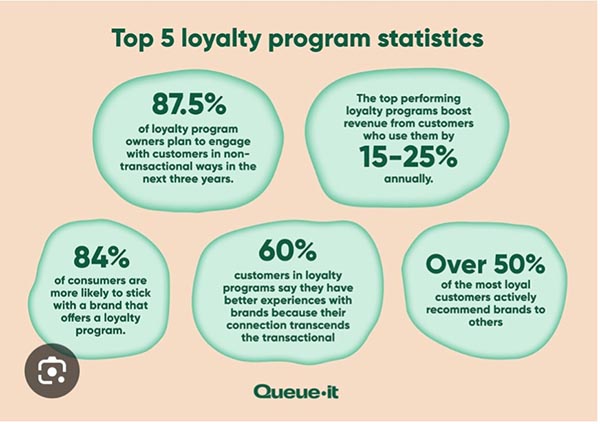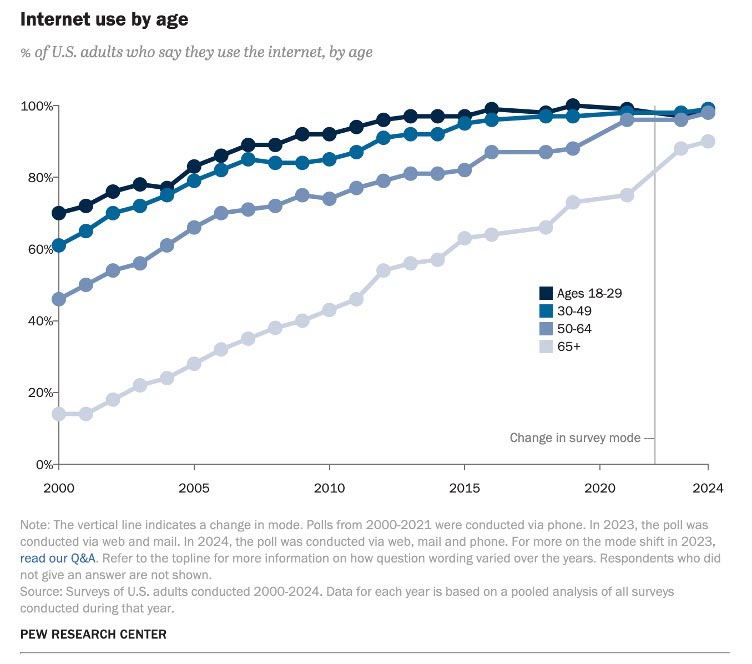What makes a customer loyal to a product or service? Despite competitive price pressures, it’s not price. Survey after survey shows that, in every industry, price comes in somewhere around third on the list.
Recently, WorkRamp put out a list of six factors that impact customer loyalty. Some of them are surprising, and all of them could spark ideas for applying them to your print business. You may look at this list and dismiss them as not relevant to printers. Or you could look at them and say, “Most of my competitors aren’t doing anything like this. What a great opportunity!”
Which way will you look at it?
1. Solving multiple problems at once.
WorkRamp: “One way to increase customer loyalty is to solve multiple problems with a single product.”
There are lots of opportunities in the printing industry for this type of positioning. This is the beauty of web portals, for example. Sure, they offer value for fast, easy ordering, but they also offer value for error reduction, time savings, document management, usage reporting, and so much more. That’s what makes these solutions so sticky. Other examples include multichannel marketing platforms like HubSpot or DirectMail 2.0 where each one solves multiple pain points as part of a larger marketing solution.
Which of your service offerings could be positioned as solving multiple problems simultaneously? Do you need to invest in a technology that provides that capability? If so, which one is the best fit?
2. Develop personalized customer service.
WorkRamp: “Customer service is one of the most important drivers of customer loyalty: Over 60 percent of customers will leave a brand after a single bad experience.”
Every company says they are easy to do business with, but are they really? Think back to some of the best customer service experiences you’ve had. What was unique about them? Very likely, it’s something related to ease of access to support and the speed of resolution of your issue. Is that something you can replicate?
This is where printers can really embrace social media and other online tools. One company interviewed by Sprout Social indicated that 70% of her customers reach out by social media compared to only 30% by email. Another indicated that the volume of customers using its social media customer support fluctuates between 40% to 60%, depending on the promotions it’s running. Other tools like online chat provide the type of immediate response that customers have come to expect from other vendors they use.
Printers, of course, don’t have a great track record with social media or online chat tools, which is exactly why you should consider it. Offer a level of customer support that your competitors don’t.
Does social media monitoring and online chat have an extra (primarily labor) cost associated with it? Absolutely. But if that level of service nets a new customer, what is the lifetime customer value of that customer? If that customer then sends another one or two customers your way, what’s the LCV of those customers?
It’s a different way of thinking, and it places value on customer service (and monetizing that value) in ways that printers don’t normal consider. But when all of your competitors are doing the same things, what’s it worth to think out of the box?

3. Develop a community.
This is a tough sell in the printing industry, but it’s worth considering. As a “down and dirty” alternative to a more formal, robust community, you can consider investing in—and developing—active social media accounts with incentives for engagement where people can post, comment, and provide feedback.
4. Listen to and act on customer feedback.
This can be through your social media channels. It can be through email. It can be through surveys. There are many ways to solicit feedback, and the truth is, people like to give their opinions. They like to be heard. If they offer a suggestion, they want to know it’s being taken seriously. When you listen and act, that creates loyalty.
5. Develop a customer loyalty program.
According to stats compiled by Queue-It, nearly one in eight (79%) of consumers have established some form of relationship with the brands they purchase from, either a membership, retail subscription, or loyalty program, and 17% have all three types.

Do you have any type of loyalty program? Or is that weird even to suggest? “We don’t do that in the printing industry.” So here’s the question…why not? What might a printing industry loyalty program look like?
It’s worth thinking about.
6. Educate customers.
WorkRamp: “Educating your customers on how to get maximum value from your products and services is another important way to drive customer loyalty. Your product or service often does more than your customer initially needs. As the customer scales, however, they start to need additional features.”
What does this look like in the printing industry? Webinars. Online videos. Product demonstrations. PaperSpecs does a great job with this. It offers a wealth of information on its website. Quizzes. Polls. Webinars. Downloadable guides. Why couldn’t printers do the same?
Got…Time?
Sure, all of these things take scarce resources like…time. Which printers say they don’t have. But this is also a highly competitive industry, and customer retention is critical.
Years ago, a consultant asked a room of C-level executives to write down their competitive differentiators on a scrap of paper. Write three things that differentiate their company from others. When the attendees were done, he asked each attendee to hand their piece of paper to the person next to them. Then he asked them to look at what their neighbor had written: “How many of you are reading a list that is identical to your own?” The number of hands that went up in that room was shocking.
So what are you doing that is substantively different from your competitors? How are you doing things better than “the other guy”? Today’s printing equipment has leveled the playing field, so printers have to differentiate based on other factors—other factors that aren’t the same as the other factors your competitors are using.
WorkRamp’s list might seem a little “out there” for printers, but maybe that’s the point. If you aren’t open to any of these, then what else you got?









